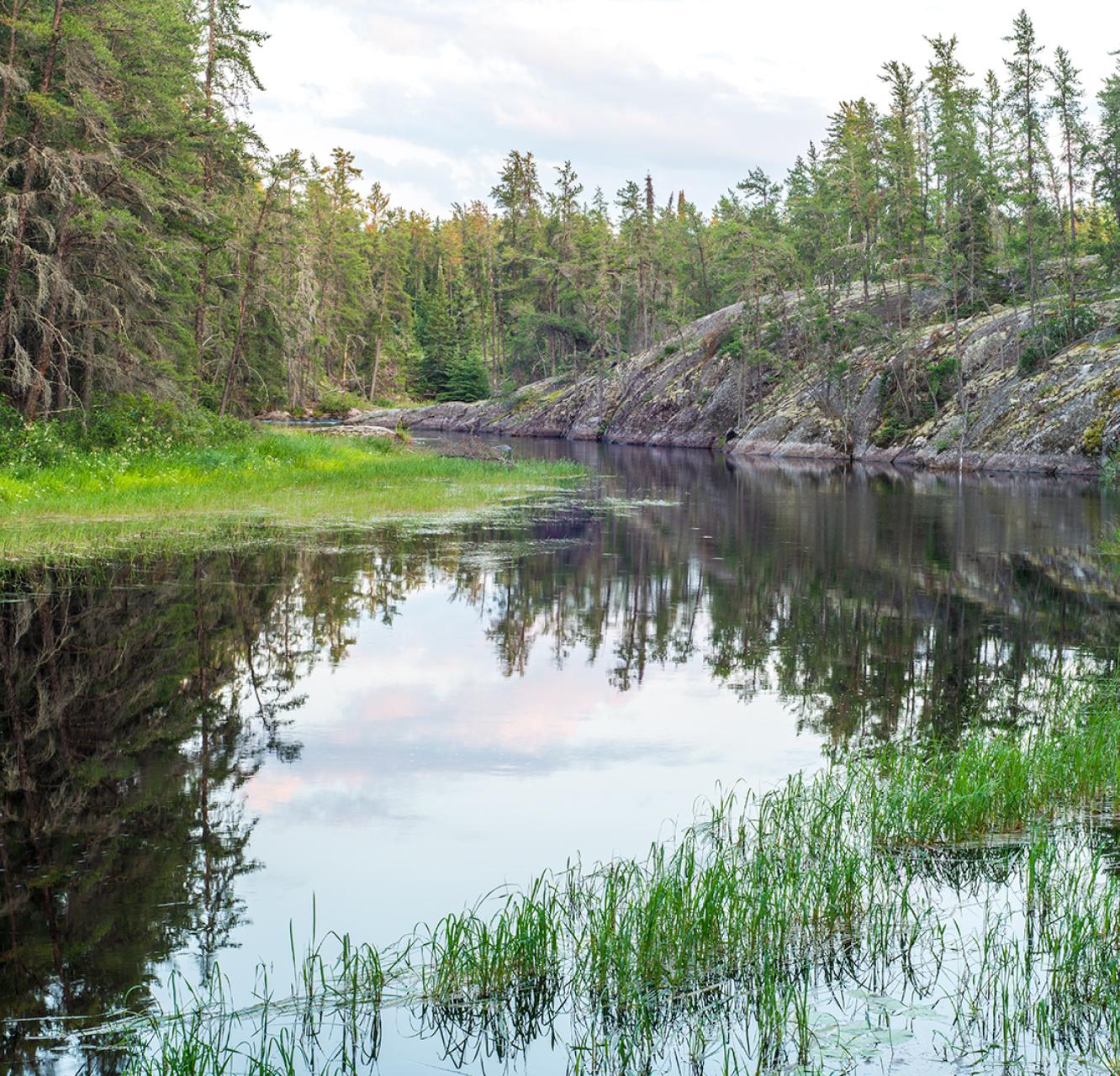Blood Boils at Bipole III Open House
Friday, November 12, 2010
Walking down the hall toward the conference room, I heard raised voices, and knew that my blood pressure was about to rise. As I stepped into the Bipole III open house, I watched dozens of irate farmers and members of the Bipole III Coalition surround a MB Hydro spokesperson who was being bombarded with belligerent questions about Hydro’s preferred route. At one point someone shouted out above the crowd, “how many people in this room want the line run down the east side?” The entire room threw their hands upwards emphatically. I was in the minority.
After snacking on some vegetables and examining the information boards, I felt armed to engage in conversation. I sought out a badged hydro representative and raised a few issues I wanted clarified. While discussing, a throng of angry citizens who refused to participate in constructive conversation interrupted us, and ineffectively communicated by yelling, cutting us short and denying any comment we managed to squeeze in. I found the fabrications these people created to be incredulous. I was told that there was way more intact forest on the west side and that the east side was already filled with mining, logging, hydro lines and roads. I was also charged with favoring the destruction of the agricultural sector, clearly a stunning exaggeration of the impact Bipole III will have on the western route. I tried to explain the value of the east side and the difference between roads and hydro corridors, but got nowhere. At one point the mob even cheekily accused, “you must be his daughter,” as if it were impossible that somebody beyond MB Hydro supported the west side hydro route.
This experience was highly frustrating, but only further instilled in me an urgent call-to-action. It demonstrated a disconnect that exists between Manitobans and the spectacular natural and cultural heritage that the east side offers. For example, the fact that the only source of freshwater for our ailing Lake Winnipeg comes from the boreal forest on the east side, many Manitobans may be unaware of this. There are also a lot of misconceptions that need to be cleared up for people to understand why we want to protect this magnificent place and to better understand why a hydro line down the east side is not the best choice.
Even though I am aware of the differences in development between the east and west sides of our province, I was still quite taken by Hydro’s enormous preferred route map. Seeing the mapped differences on such a large scale was an impressive sight. The west side was dotted with industrial developments, large communities and lined with hydro corridors, train tracks and roads, while the east side appeared ‘empty.’ The vast space bordering and extending far into northern Ontario represents something unique, something rare and something worth protecting.
Can it be justified to fragment the greatest intact forest in the northern hemisphere for short-term savings? Let’s be progressive by preserving and protecting this forest for the future. You can’t put a price on the east side – it’s invaluable.
- Paloma Corrin





